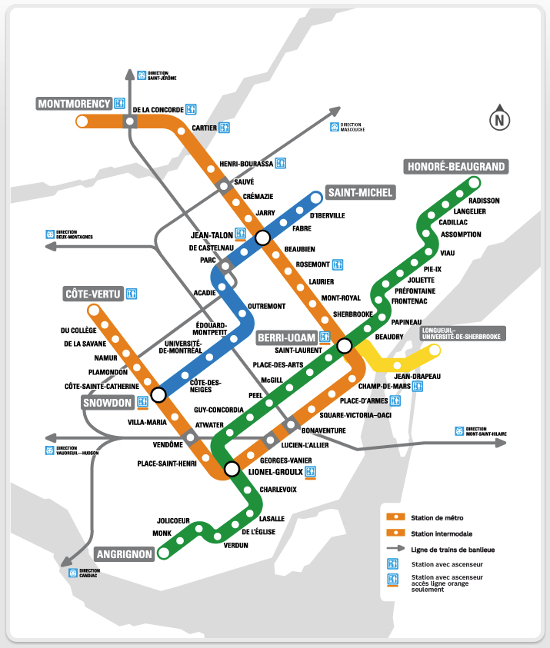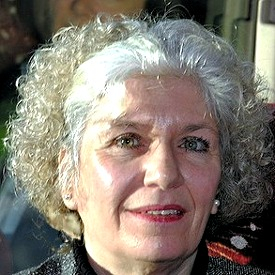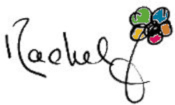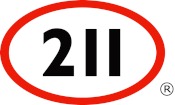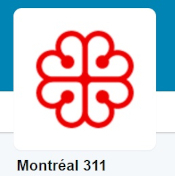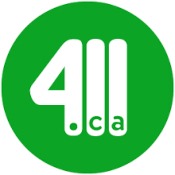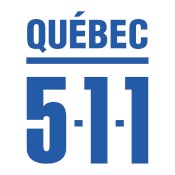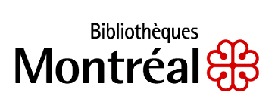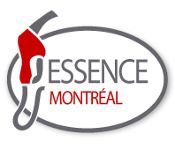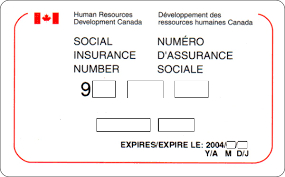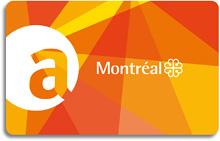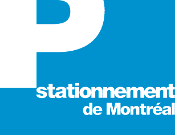Montreal Metro Blue Line
With more than 450 million trips per year, the Montreal Metro Blue Line and its three other lines is one if not the safest transit system in the world.
However, many of the delays are caused by people who hold the doors open or drop items on the tracks. Incidents do occur and rules such as keeping your distance from the tracks, paying attention to your belongings and knowing what to do in case of an emergency are essential, crucial even.
Saint-Michel - Metro Blue Line
Opened: June 1986. Origin of the name: Saint-Michel is an ancient road that once lead to the chemin de la Côte-Saint-Michel known today as Crémazie boulevard.
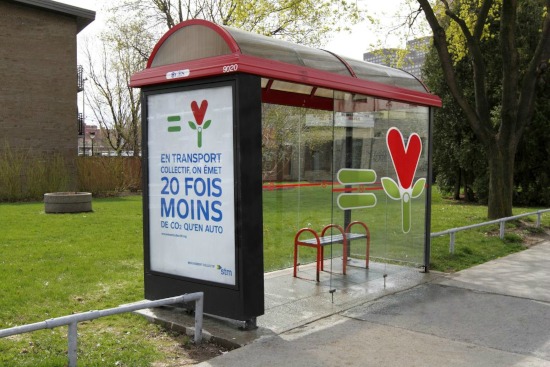 Photo STM - Société de Transport de Montréal
Photo STM - Société de Transport de MontréalSpecific Aspect: The platforms of the Saint-Michel metro station are the shortest with 102 metres only instead of the usual 152 of most if not all the other stations.
Entrance / Exit: Saint-Michel Boulevard West and Saint-Michel Boulevard East. Bicycle Parking Space: 63 bicycle stands are available outside the Saint-Michel station.
d'Iberville - Metro Blue Line
Opened: June 1986. Origin of the name: d'Iberville, the street and the metro station both refer to Pierre Le Moyne d'Iberville (1661-1706).
Born in Ville-Marie, New France, Sieur d'Iberville is the third son of Charles le Moyne de Longueuil et de Châteauguay (1626-1685) born in Dieppe, Normandy, France.
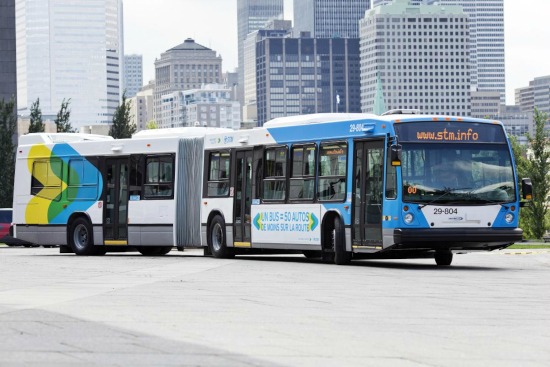 Photo STM - Société de Transport de Montréal
Photo STM - Société de Transport de MontréalSpecific Aspect: D'Iberville metro station is featured in the opening scenes of the Montreal TV series Marilyn (1991-1993).
Entrance / Exit: Jean-Talon Street East (presently closed) and d'Iberville Street. Bicycle Parking Space: 14 bicycle stands are available outside the d'Iberville station.
Fabre - Metro Blue Line
Opened: June 1986. Origin of the name: Fabre, the street and the metro station both commemorate Mgr Édouard-Charles Fabre (1827-1896), ordained in 1850, third bishop in 1876 and first archbishop of Montreal in 1886.
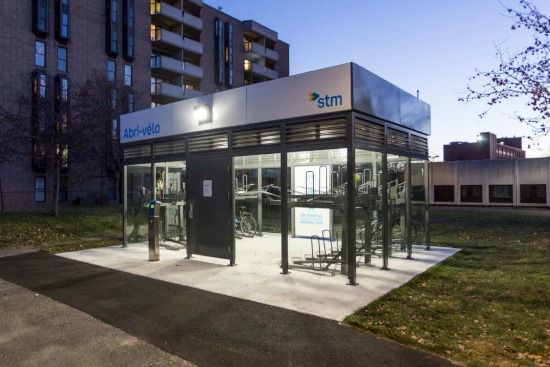 Photo STM - Société de Transport de Montréal
Photo STM - Société de Transport de MontréalSpecific Aspect: Initially, the Fabre metro station was to be located corner of De Normanville and Cartier. Important change of plans, the station is located corner of Jean-Talon and Papineau Streets.
Entrance / Exit: Two (2) on Jean-Talon Street, one presently closed. Bicycle Parking Space: 21 bicycle stands are available outside the Fabre station.
Jean-Talon - Blue and Orange Lines
Opened: Orange Line - October 1966, Blue Line - June 1986, Origin of the name: Both the Jean-Talon street and station are named after Jean Talon, Count d'Orsainville (1625-1694). Born and educated in Paris, Talon was appointed the first "intendant" of the New France by Louis XIV in 1665.
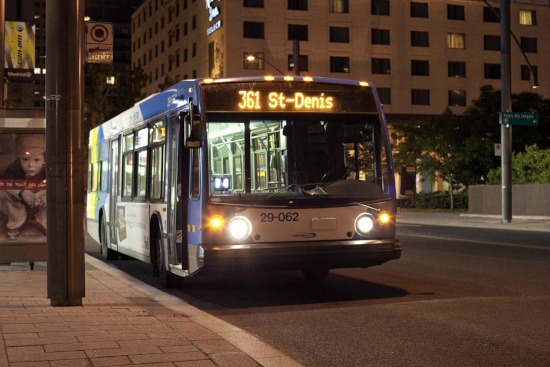 Photo STM - Société de Transport de Montréal
Photo STM - Société de Transport de MontréalArtworks: Mural (enameled steel) by Judith Bricault Klein, mural (print on aluminium) by Yann Pocreau and murals (prefabricated concrete and polymer concrete) by Gilbert Sauvé.
Specific Aspect: Both the Jean-Talon and the Snowdon metro stations are the only two stations with visible underground rock walls. Entrance / Exit: One on Berri Street and three on Jean-Talon Street East. Bicycle Parking Spaces: 93 bicycle stands are available outside Jean-Talon station.
de Castelneau - Metro Blue Line
Opened: June 1986. Origin of the name: De Castelnau street and metro station are both named after Édouard de Curières de Castelnau (1851-1944).
A French general who successfully defended the city of Nancy against the German army in 1914. Castelneau is a common toponym in the South of France and means "new castle".
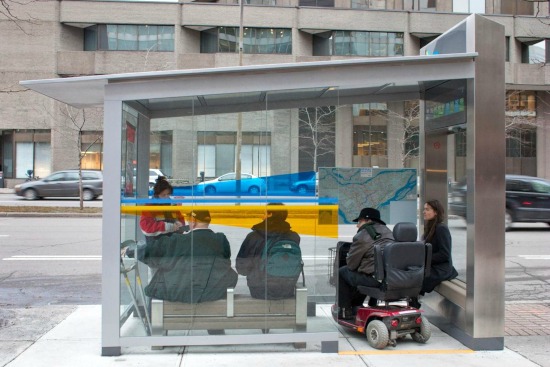 Photo STM - Société de Transport de Montréal
Photo STM - Société de Transport de MontréalSpecific Aspect: from June 1986 to June 1987 the station served as a terminus on the Blue line. Entrance / Exit: St-Laurent Boulevard East and St-Laurent Boulevard West. Bicycle Parking Space: 14 bicycle stands available outside de Castelneau station.
Parc - Metro Blue Line
Opened: June 1987. Origin of name: The official name of Park Avenue is Avenue du Parc in reference to the Mount Royal Park. Once an elegant residential avenue, Park Avenue is now a busy commercial street.
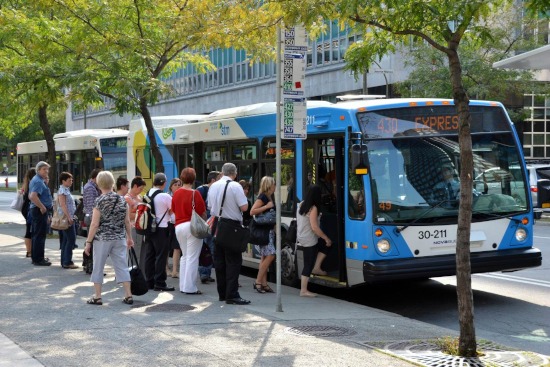 Photo STM - Société de Transport de Montréal
Photo STM - Société de Transport de MontréalSpecific Aspect: Between June 1987 and January 1988, the Parc metro station served as a terminus for the Blue Line. Entrance / Exit: Hutchison Street. .Bicycle Parking Space: 42 bicycle stands are available outside the Parc metro station.
Acadie - Metro Blue Line
Opened: March 1988. Origin of the name: in memory of the Acadian Bicentennial Celebration of 1955 and of the Expulsion (1755–1764) of the Acadians during the French and Indian War. An expulsion that took place during the British military campaign against the New France.
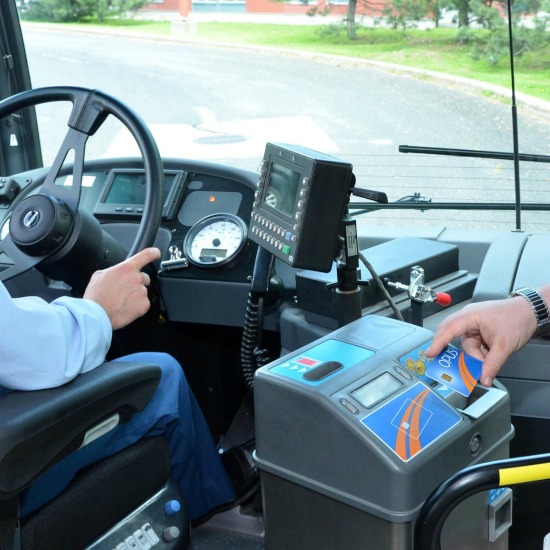 Photo STM - Société de Transport de Montréal
Photo STM - Société de Transport de MontréalSpecific Aspect: From January to March 1988, the trains did not stop at the Acadie station, as it was still under construction. Entrance / Exit: de l'Acadie Boulevard. Bicycle Parking Space: 49 bicycle stands are available outside the Acadie station.
Outremont - Metro Blue Line
Opened: January 1988. Origin of name: First a village, then a City, now a borough since 2000 and home to the Mount Royal Cemetery.
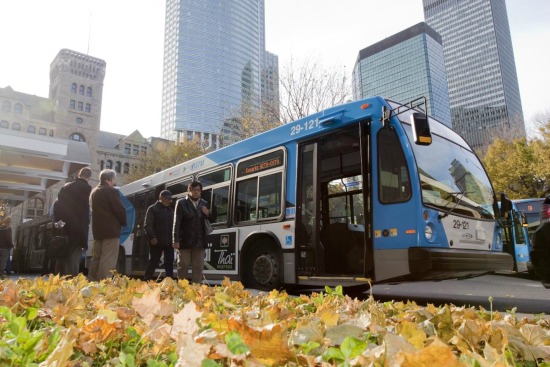 Photo STM - Société de Transport de Montréal
Photo STM - Société de Transport de MontréalSpecific Aspect: A second entrance is planned on the north-east corner of Van Horne and Wiseman. Entrance / Exit: Van Horne Avenue. Bicycle Parking Space: 42 bicycle stands are available outside Outremont station.
Édouard-Montpetit - Metro Blue Line
Opened: January 1988. Origin of the name: boulevard Édouard-Montpetit, named in honour of economist Édouard Montpetit (1881-1954), founder of the École des sciences sociales, économiques et politiques of the Université de Montréal in 1920.
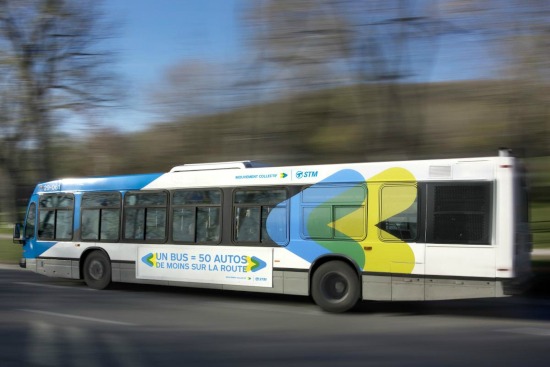 Photo STM - Société de Transport de Montréal
Photo STM - Société de Transport de MontréalSpecific Aspect: Originally, the name chosen for this station was Vincent-D'Indy. Entrance / Exit: Edouard-Montpetit Boulevard South, Vincent d'Indy Avenue and Marie-Victorin Street (now closed), Bicycle Parking Space: 98 bicycle stands are available outside the Édouard-Montpetit station.
Université de Montréal - Metro Blue Line
Opened: January 1988. Origin of the name: At first, the Université de Montréal was a division created in 1876 by the Université Laval. Then, the Montreal University obtained its own charter in 1920 and was and still is established on the Mount-Royal since 1943.
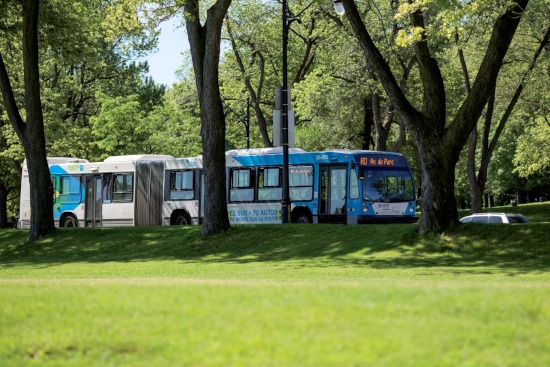 Photo STM - Société de Transport de Montréal
Photo STM - Société de Transport de MontréalSpecific Aspect: The station is equipped with the Métro Vision Network that displays news, commercials and the time.
Entrance / Exit: Edouard-Montpetit Boulevard, Louis-Colin Avenue and Edouard-Montpetit via the interior access to the University of Montreal. Bicycle Parking Space: 14 bicycle stands are available outside the Université de Montreal station.
Cote-des-Neiges - Metro Blue Line
Opened: January 1988. Origin of the name: Once a Village created in 1862, Cote-des-Neiges was eventually annexed to the City of Montreal, first in 1908 and then in 1910.
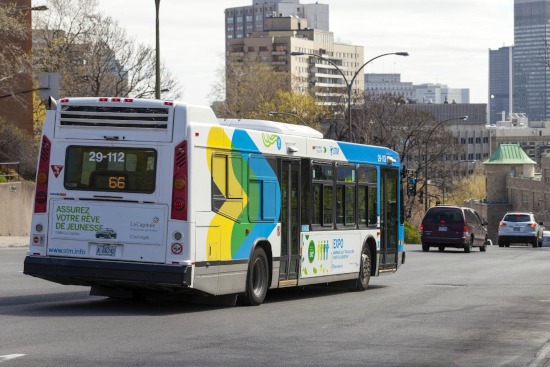 Photo STM - Société de Transport de Montréal
Photo STM - Société de Transport de MontréalSpecific Aspect: The western entrance is housed in an imposing building and, the eastern entrance is integrated into another large building.
Entrance / Exit: Chemin de la Cote-des-Neiges East and Chemin de la Cote-des-Neiges West. Bicycle Parking Space: 8 bicycle stands are available outside the Cote-des-Neiges station.
Snowdon Metro - Orange and Blue Lines
Opened: Orange Line, September 1981, Blue Line, January 1988. Origin of the name: Snowdon, the district, the street and the metro station all refer to the same person, John Snowdon, a farmer and the initial owner of the farm and the land on which the metro station was built.
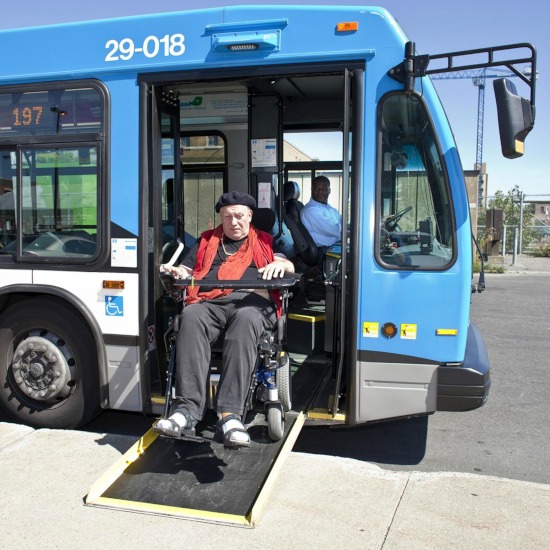 Photo STM - Société de Transport de Montréal
Photo STM - Société de Transport de MontréalSpecific Aspect: From the street level to the platform and vice-versa, three elevators are available since 2016. Entrance / Exit: Queen Mary Road. Bicycle Parking Space: 8 bicycle stands are available outside the Snowdon station.
Montreal Kits
Montreal Metro Blue Line
Disclaimer Keep in Touch! Montreal Tourism
Privacy Policy Rachel Louise Barry Sitemap
Montreal Kits © All Rights Reserved 2018-2024
The information provided by Montreal Kits is informational only and has no legal value.







